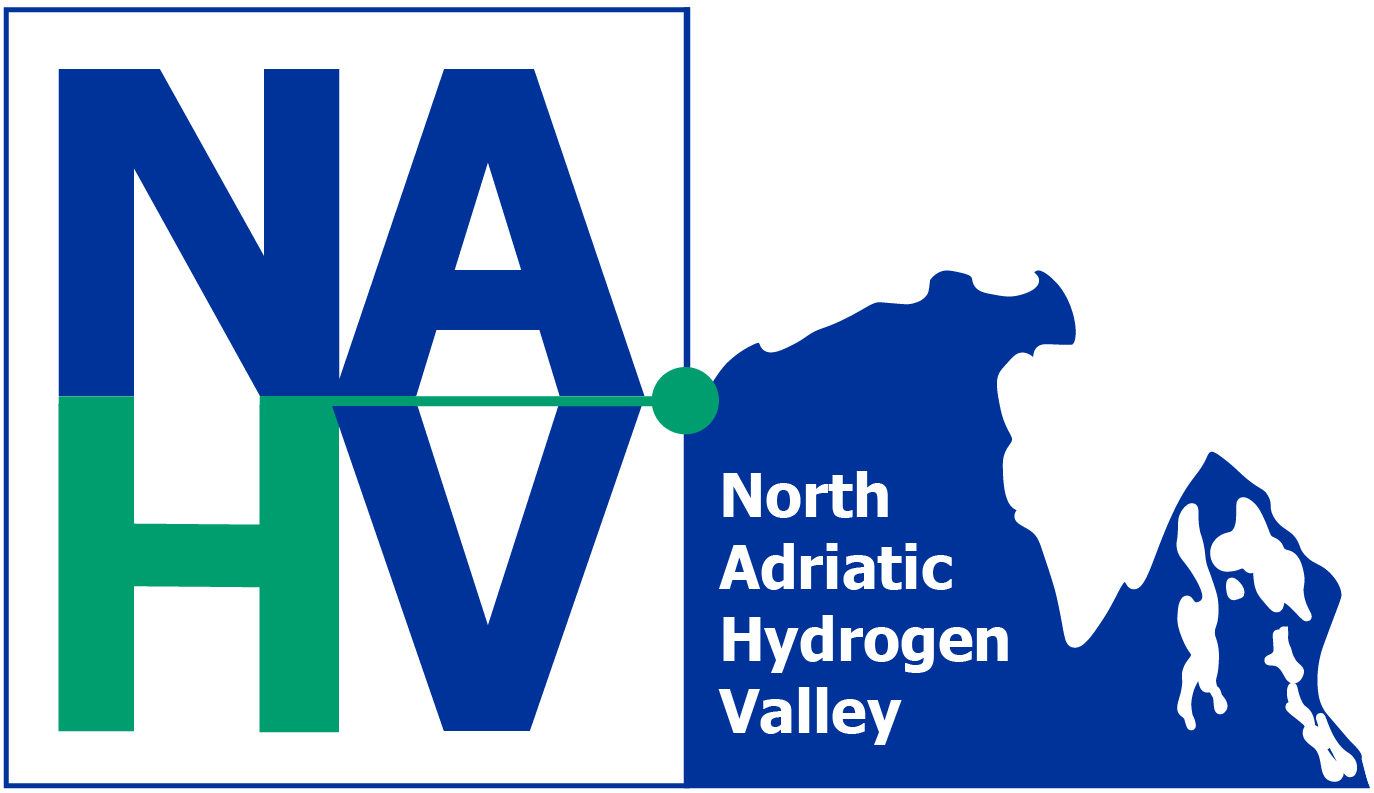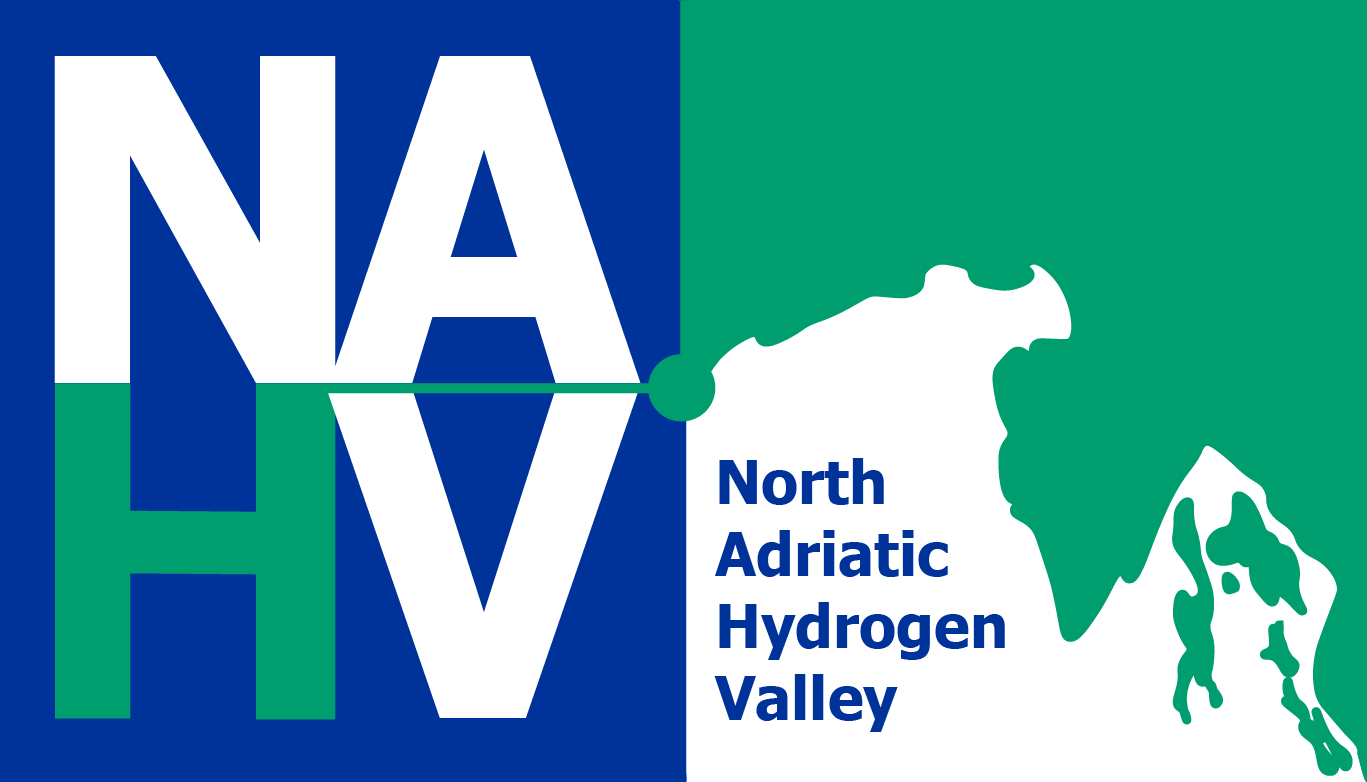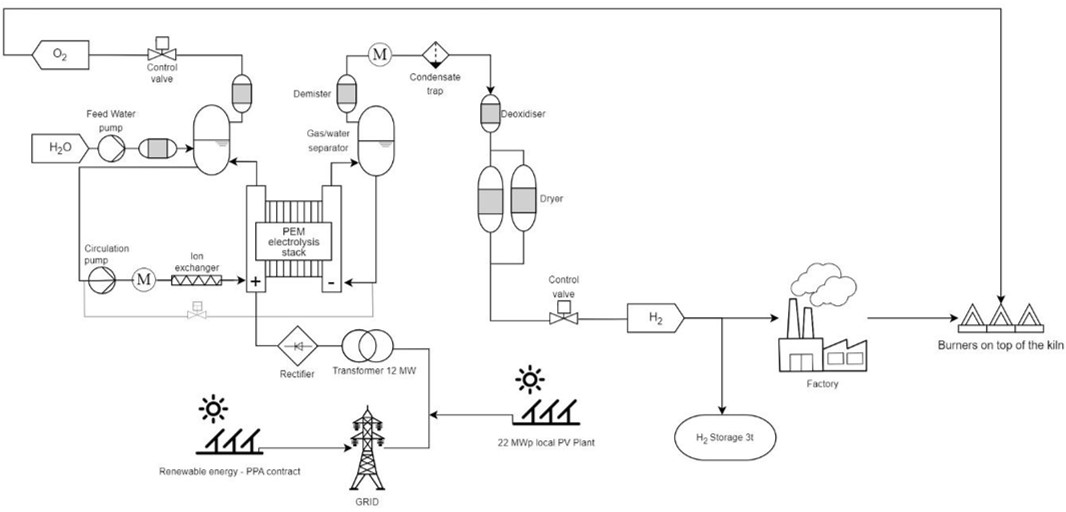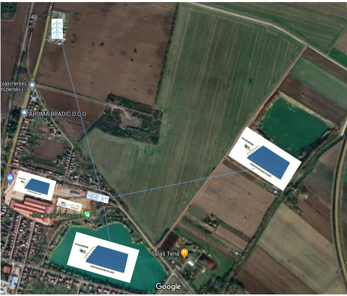Testbed Leader: DILJ
Ciglarska 33, 32100 Vinkovci, Croatia
Director (or representative): Krešimir Ižaković (kresimir.izakovic@nexe.hr)
Objectives and Project Description
World’s first on-site hydrogen production installation within tunnel kilns for roof tile production.
Complete supply chain from production to consumption of green hydrogen.
Safely introduce the benefits of hydrogen to the local community.
Entire process is highly efficient, resulting in significant CO2 savings per invested €.
After successful implementation of the project, technology can be deployed in other factories in ownership of Dilj d.o.o., and any other tunnel kiln in roof tile and block brick production industry all over the world.
Key Metrics
Project must prove through industrial testing that it is possible to use hydrogen in the process of roof tile production with the same heat distribution and same quality of the final product.
After the project implementation we expect to reduce CO2 emissions for more than 20 % and energy consumption for more than 10 %.
PEM Electrolyser will be used for hydrogen production, yearly hydrogen production up to 315 t/year.
Total budget of the project is 45.067.500 euro and contains testing in kiln and hydrogen production, electricity production, grid connection and storage. The portion from NAHV amounts to 3.978.095,26 euro. For the project competition additional co-financing is needed.
Produced hydrogen will be used as replacement for natural gas, it will be blended from 20 % to 100 % with the natural gas.
Impact and Benefits
The project will enable Dilj to reduce CO2 emission, reduce energy consumption and dependency on the natural gas supply.
Dilj will position itself as one of the industry leaders of the green transition in roof tile production.
The project aims to demonstrate safe hydrogen usage to the local community.
Production process scheme
Current Status
Phase 1 of the project is ongoing, which includes:
pipeline drawings for hydrogen supply from trailer to the kiln preparation, technical discussion with burner suppliers, search for possible suppliers of hydrogen needed for the test to implement first phase of the project.
Challenges
Phase 1: Main obstacle in the Phase 1 of the project is securing uninterrupted quantities of hydrogen during the 5 – 10 days. For test it is necessary to ensure 780 kg of hydrogen per day. This is a challenging task for all contacted hydrogen suppliers.
Phase 2: Replacing natural gas with Hydrogen, will be financially viable only if we are able to maximize efficiency of hydrogen production, and reduce energy consumption. Possibility to use oxygen for kiln oxidization, and to reduce amount of air which we are impelling for burning process will help us to reduce overall energy consumption.
PEM Electrolyser used for hydrogen production will be used also for grid balancing to diminish price difference between electricity used for hydrogen with efficiency of 65 % and natural gas with CO2 emissions added.
Additional CAPEX and OPEX subsidy will be needed to enable switching from natural gas to hydrogen.
Progress Highlights
Through conversations with potential suppliers, we found out how difficult it is to find a reliable supplier of larger quantities of hydrogen and hydrogen equipment in general.
Future Plans
Phase 1 – testing of hydrogen on the kiln will be done till March 2025.
After results of Phase 1, we will continue with phase 2 of the project.
In parallel with phase 1, electricity production and storage projects will be prepared, as the cheap electricity is the key for shifting from natural gas to hydrogen in hard to abate industries, until hydrogen pipelines are built.



